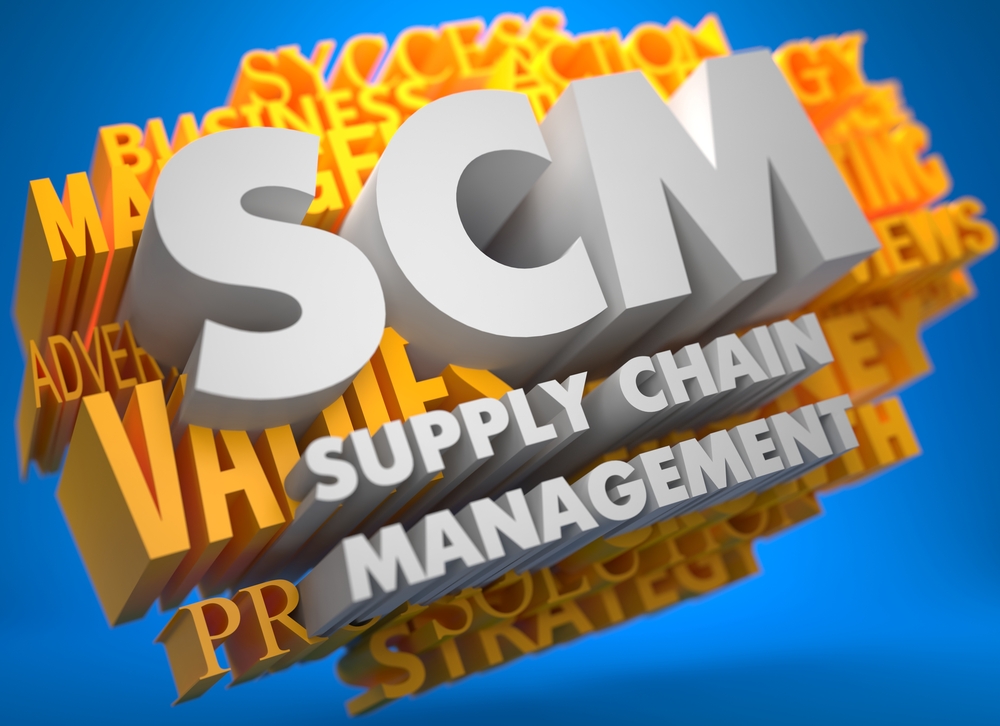The Crucial Connection: Nurturing Effective Supplier Relationships
Companies in today’s hectic business climate often concentrate on their own internal operations and customer engagement, while essentially treating...
4 min read
KPC_Admin : Updated on February 7, 2024

In today’s post-pandemic, digital-first world a successful supply chain management strategy requires both flexibility and agility.
From B2B to B2C, customers and consumers have more supplier options than ever before, so your company’s competitiveness relies more than ever on your supply chain’s ability to adapt to change, and to do so quickly.
“Supply chains matter,” says McKinsey & Company in their “Future-proofing the Supply Chain” article. “The plumbing of global commerce has rarely been a topic of much discussion in newsrooms or boardrooms, but the past two years have pushed the subject to the top of the agenda.”
Continued technological advancements are only serving to heighten end-user fulfillment expectations so if your supply chain drops the ball on either flexibility or agility, there is a good chance that customers and consumers will turn to competitors to get their needs met.
“Customer loyalty is no longer a given,” explains McKinsey & Company, pointing out that 77 percent of U.S. consumers changed stores, brands, or the way they shop during the pandemic. “The big winners of the crisis were companies, often the largest players, that could keep products flowing to their customers in a difficult operating environment.”
A supply chain is a network of people, organizations, resources, activities, and technologies involved in the creation and delivery of a product or service. It starts with the extraction of raw materials and ends with the delivery of the finished product to the customer.
The key to any manufacturer's supply chain is the "free flow" of materials, ensuring that products move seamlessly from inception to delivery.
Fulfillment, often overlooked, plays a pivotal role. Companies must monitor the entire supply chain, including order fulfillment, to meet increased customer expectations in our post-pandemic world.
The digital revolution has transformed the business landscape with customers now having increased options and access to a global marketplace with a simple tap of their smartphone or laptop screen.
In this era, flexibility and agility are more critical than ever, regardless of whether a company is engaged in B2B or B2C operations.
This abundance of choices has led to decreased customer loyalty, making supply chain reliability a make-or-break factor for retaining customers.
Flexibility and agility are often used interchangeably, but they have distinct meanings in supply chain terms:
Flexibility and agility in the supply chain are both essential for meeting customer expectations and staying competitive.
To differentiate between the two, here are examples of flexibility and agility in the supply chain:
There are numerous benefits to your enterprise to having a supply chain management that is both flexible and agile, including:
On the flip side, if your supply chain management does not value flexibility and agility, then your company risks the ability to keep up with market fluctuations, and risks delays in addressing supply chain issues which can lead to customer dissatisfaction.
Market changes occur swiftly and frequently, keeping every link in the supply chain in a constant state of flux.
The advantages of having flexibility in your supply chain include:
Disadvantages of not having flexibility include:
Agility is equally critical, especially in a digital-first world.
“The lesson is clear: move at the same speed as customers,” says McKinsey & Company. “That means creating innovative products and brands that meet the changing needs of different consumer groups as those needs emerge. And it means greater skill in managing complex portfolios of brands with different market characteristics and delivering their products through multiple channels. These same pressures increasingly hold true for B2B businesses as well, as increased consumer product complexity and demand volatility trickle down the supply chain.”
The benefits of an agile supply chain encompass:
Disadvantages of lacking agility:
McKinsey & Company says that this fast-moving, fragmented, consumer-centric world will require a different sort of supply chain.
“Traditional supply chains sought to achieve stability and minimize costs. Future supply chains will need to be much more dynamic—and be able to predict, prepare, and respond to rapidly evolving demand and a continually changing product and channel mix,” says McKinsey & Company. “In short, supply chains will need to become agile.”
For those looking to enhance their supply chain management, here are some best practices:
Flexibility and agility are not optional in today's supply chain management; they are essential for remaining competitive in a rapidly changing business landscape.
Companies that recognize their importance have a good chance of achieving a resilient and responsive supply chain that can meet the evolving demands of customers and the challenges of the modern digital marketplace.

Companies in today’s hectic business climate often concentrate on their own internal operations and customer engagement, while essentially treating...

The Supply Chain for a manufacturer is the functional equivalent of the body’s circulatory system. To work properly, it has to allow for the...

The goal of supply chain management is to make customers happy by getting the right product to the right person at the right time. A cliché to...